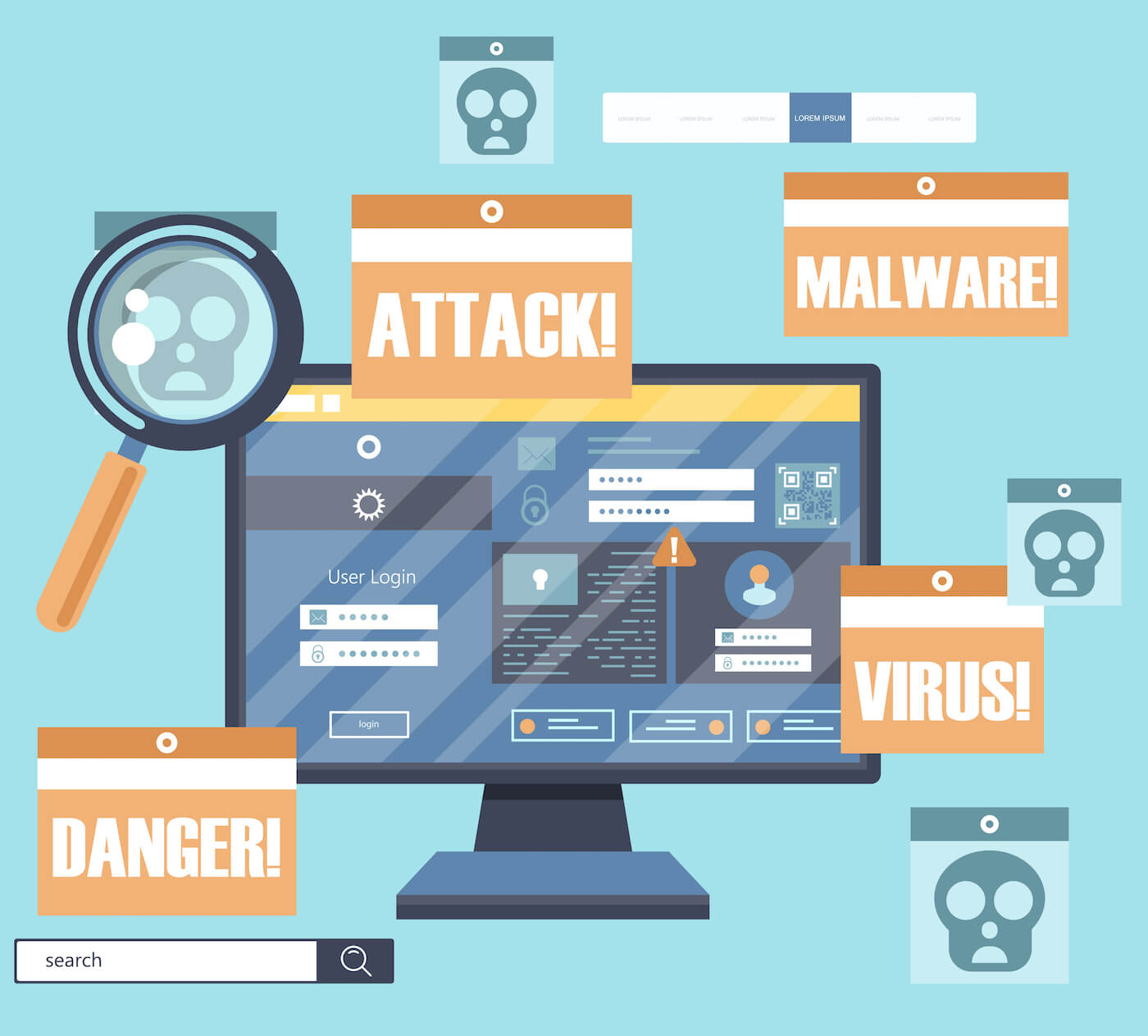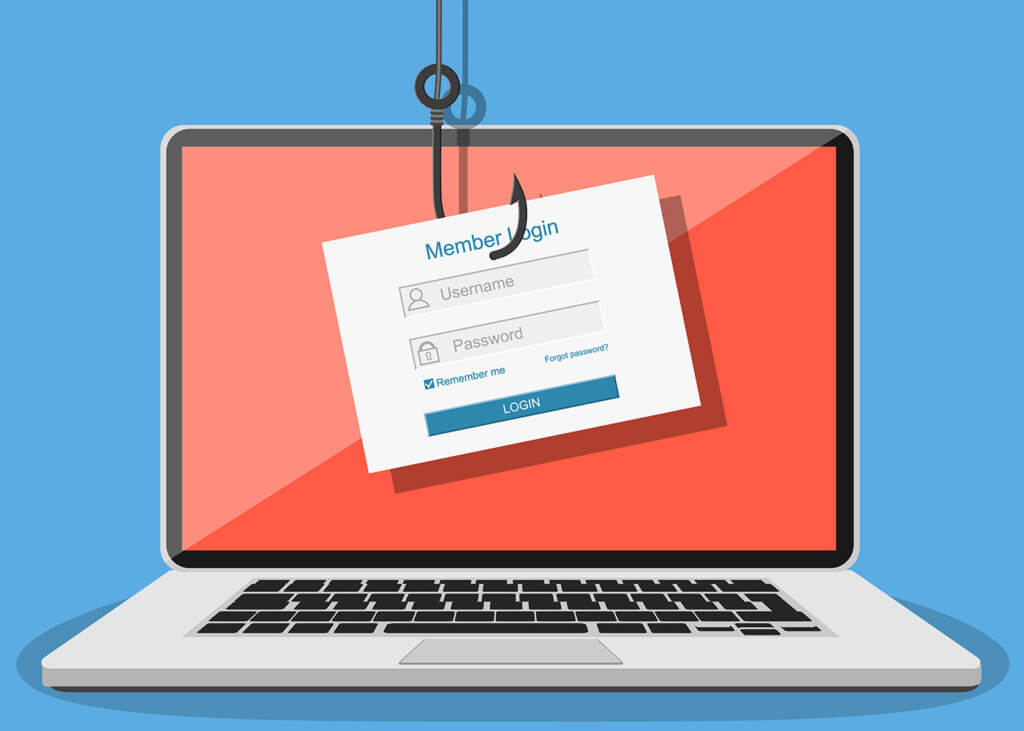5 Examples of Spear Phishing You Need to Look Out For
Cybercrime thrives on hitting the most high-value targets, for instance, information assets that could be influenced into a risk or infrastructure that needs to be taken down. However, hackers often seek to take as little effort as possible, which you should keep in mind when protecting your company assets.
Spear phishing is a technique that uses emails to target multiple users. It often targets specific individuals or aims to gather personnel names and information that the spear phisher scammers could use for identity theft.
These emails will trick you into providing personal information that the attacker can use to take advantage of you. One particular email tactic used by cybercriminals to carry out a cyber attack is malware disguised as an attachment or a link to what appears to be a reputable website.
This article looks at spear phishing examples, including when they can happen and how business owners can protect themselves and their employees.
What is Spear Phishing?

A spear phishing attack is a type of cybercrime where criminals send emails, text messages, or voice calls to manipulate others into handing over their login credentials, personal details, or money.
A spear phishing attack is effective at getting information from you because they attempt to impersonate your work colleague, friend, boss, or trusted authority. Because the attacker has made their phishing scheme sound legitimate, victims fall for it without a second thought.
In many cases, scammers will imply or threaten that something terrible will happen unless the individual acts immediately. These may include the shutdown of an account, legal charges, or financial penalties.
Often, spear phishing attacks are easy to spot by those trained to recognize them. Yet, anyone can easily be victimized if they haven’t been trained on attackers’ tactics. Regular employee training will help to identify these techniques and protect your business.
5 Examples of Spear Phishing Attacks
Below are examples of spear phishing examples that you’re likely to encounter at one point or another:
1. CEO or Whale Phishing
CEO fraud is a type of phishing scam where malicious actors pretend to be someone incredibly high-up in the company.
In this instance, a hacker would impersonate someone in charge (including the COO or CFO) to appear more believable when reaching out and requesting the receiver to urgently update personal information on a specific platform, transfer funds, or download something. Crimes like these are very sophisticated and are often sent via phishing email.
2. Malware
In malware phishing attacks, an email attachment that lands in an inbox might be malicious. Phishers will send an invoice or delivery notification to unsuspecting employees, and clicking on the link can give the hacker access to the network, leading to disastrous consequences.
3. Vishing
Vishing, or a voice scam, is a racket where fraudsters use social engineering to get you to share personal information, such as account numbers and passwords. The scammer may claim that your accounts have been hacked and ask you to install security software, all with the ruse of being helpful.
It is important to remember that most companies will not ask for personal information over the phone.
4. Fake websites
Criminals often use carefully crafted spear phishing emails with fraudulent links as part of their phishing attempts. They serve as bait for targets to enter sensitive personal information. These fake websites have become increasingly popular, and people continue to fall for them. This is also called domain spoofing, and often, spear phishing scams will send someone to a fake website. There, they will ask for personal info like your social security number or bank information.
5. Smishing
Smishing is a form of hacking that uses mobile phones as the attack platform via text (SMS) messages. The criminal’s goal is to gather personal information, including social insurance and credit card numbers.
Types of Spear Phishing Attacks

Nowadays, spear phishing attacks happen against both individuals and businesses. When spear phishing does happen to you, it’s important to note that not only is the target compromised, but all business information could be too.
Spear phishing is a form of cyber-criminal activity involving impersonating someone to gain access to sensitive information. This can be done by pretending to be something the targets recognize and trust, such as a bank or a well-known brand like a mobile phone provider, to acquire their sensitive information.
Individuals
Cybercrimes targeting individuals via spear phishing emails, phone calls, and even text messages are rising. This harassment comes in many forms. A common one is sending out emails crafted to look legitimate but trick the individual into opening a malicious link or sending confidential information.
Business
A spear phishing attack on a business typically sees a hacker sending email messages to specific employees in two to three companies, pretending it comes from their boss or an IT employee.
The message often directs them to provide their login credentials or other confidential info in these situations.
The cyber attackers use high-pressure language, telling victims that if they don’t act quickly, various serious threats might occur.
Why Your Business Needs Protection Against Spear Phishing Threats
Helping your employees understand the risks associated with phishing is essential to avoid them, and many employers use phishing simulations and user monitoring software.
Data monitoring software helps you monitor for possible security breaches and the theft of your intellectual property by monitoring careless, disgruntled, malicious insiders or those who can breach your systems. With systems like these, employees are encouraged to think twice before sending sensitive information such as employee names in emails, especially when many employers are now allowing WFH and hybrid working setups.
Given the increase in cyber criminals targeting individuals and businesses, making employees aware of various phishing scams will help your employees to protect themselves. Your business needs to be more proactive and identify these risks in your systems to ensure that you are securing your company against cyber attacks.
How to Prevent Spear Phishing

Spear phishing is a cyber threat that business leaders must have a security strategy to safeguard against. Without this, your sensitive information could be vulnerable to phishing tactics.
Here are six spear phishing prevention tips to keep you safe:
1. Education
Employees should be aware of spear phishing threats. They can then avoid them and spot any suspicious email or phishing attempt.
2. Cybersecurity plan
Businesses should update their procedures’ checklist to ensure they can stay ahead of cybercrime. Companies should work with software, cybersecurity professionals, and IT professionals to develop a cybersecurity plan and use AI to make more intelligent cybersecurity predictions.
3. Awareness
It’s important to be aware of the dangers lurking in cyberspace. This includes spear phishing, cyber security, and social engineering. These elements can help you communicate with employees about keeping their information safe and reducing their identity and data theft risk.
4. Network access
Accountability and visibility of information have the most substantial impact on corporate data protection. Implementing these steps will be the best way to limit the use of personal devices and minimize the risk that outside users are accessing your sensitive information.
Final Thoughts
When analyzing particular phishing emails, it is vital that all employees can identify common tactics and have a plan in place to verify requests and avoid falling victim.
It is crucial to teach employees how to stay safe when using both their work and personal email accounts. Protect your company by staying aware of new and trending cyber attacks. Make sure you learn how to identify them, so you know what steps to take for prevention in the future.
Ensure you have an up-to-date cybersecurity incident plan to avoid spear phishing attackers. This way, you’ll know how to mitigate the situation and ensure the business continues to run efficiently.
Companies should plan how they deal with potentially sensitive data loss should their data become compromised. Plan a backup procedure, business stoppages, and a contingency plan in case of malware attacks. Use firewalls, anti-virus software, and employee monitoring software to prevent ransomware attacks and track employee productivity. Multi-factor authentication is a brilliant way to increase the security and safety of your company.
At SoftActivity, our employee monitoring software allows you to seamlessly track employee activity on company computers, allowing you to assess and mitigate threats before they happen. With the keylogging feature, you can even determine where, when, and how, a threat has entered the system.
Do not leave your business security to chance; contact SoftActivity today to learn more about how we can protect your assets.
By SoftActivity Team.